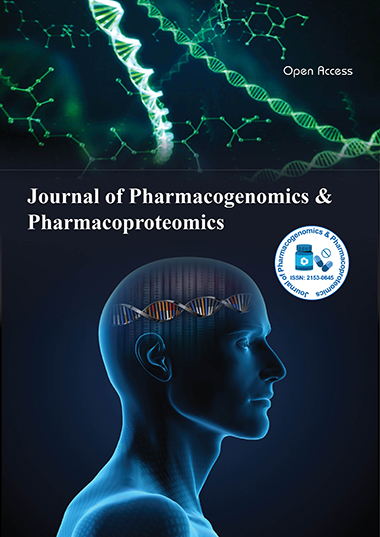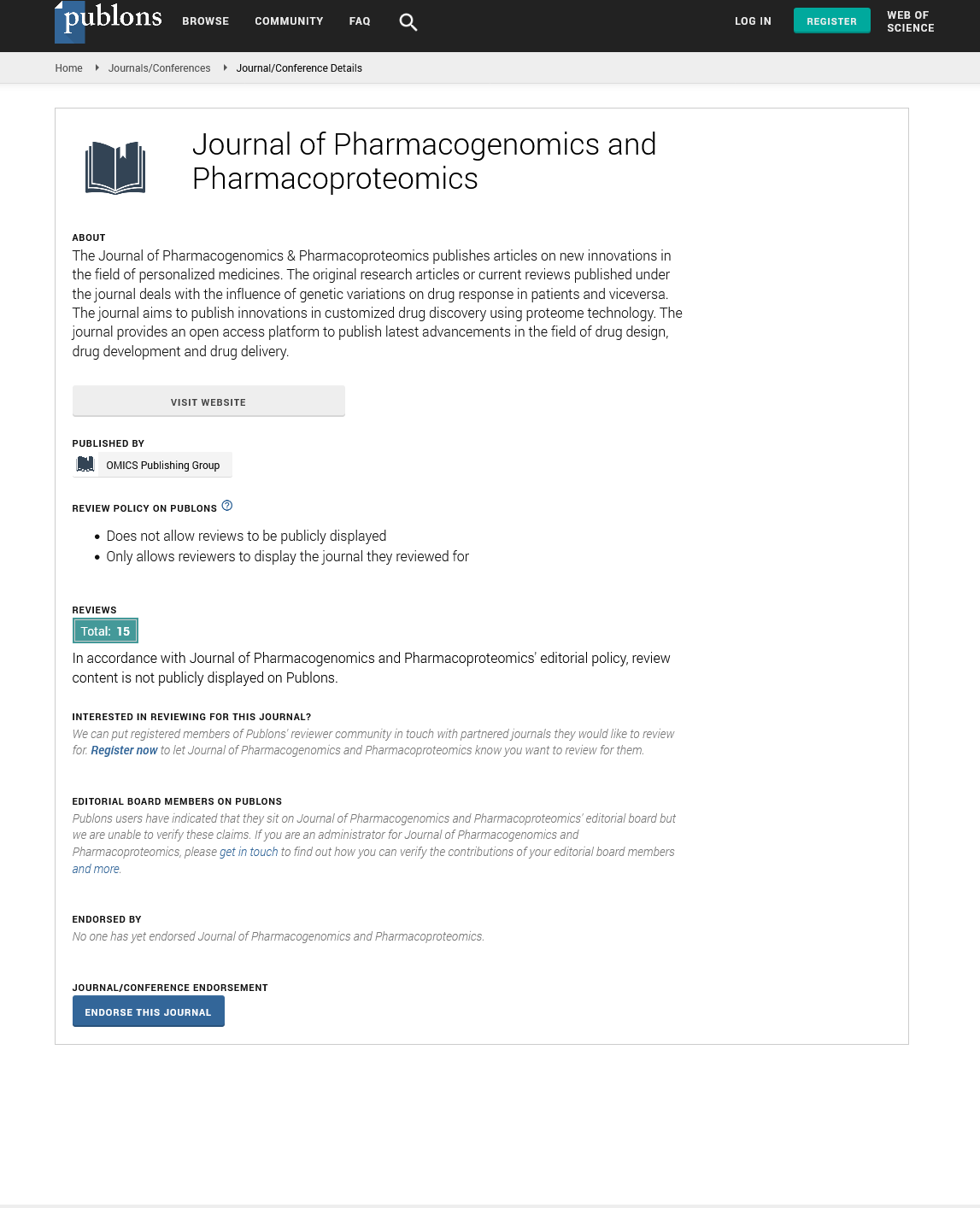Indexed In
- Open J Gate
- Genamics JournalSeek
- Academic Keys
- JournalTOCs
- ResearchBible
- Electronic Journals Library
- RefSeek
- Hamdard University
- EBSCO A-Z
- OCLC- WorldCat
- Proquest Summons
- SWB online catalog
- Virtual Library of Biology (vifabio)
- Publons
- MIAR
- Euro Pub
- Google Scholar
Useful Links
Share This Page
Journal Flyer

Open Access Journals
- Agri and Aquaculture
- Biochemistry
- Bioinformatics & Systems Biology
- Business & Management
- Chemistry
- Clinical Sciences
- Engineering
- Food & Nutrition
- General Science
- Genetics & Molecular Biology
- Immunology & Microbiology
- Medical Sciences
- Neuroscience & Psychology
- Nursing & Health Care
- Pharmaceutical Sciences
How should the incidental findings emerging from whole genomic sequencing projects be managed : a review of the literature
JOINT EVENT ON 6th European Conference on Predictive, Preventive and Personalized Medicine & Molecular Diagnostics & 2nd World Congress on Human Genetics
September 14-15, 2017 | Edinburgh, Scotland
Prince Nwaubani
Keele University, UK
Posters & Accepted Abstracts: J Pharmacogenomics Pharmacoproteomics
Abstract:
Background: The American college of Medical Genetics (ACMG) produced a document in 2013, with recommendations on how incidental findings emanating from sequencing techniques should be reported. This became necessary following recent advancements in Genetic medicine which have paved the way for faster and less expensive methods of genetic sequencing. High-throughput sequencing applications which served as research tools in the past are now seemingly being utilized in clinical situations and are expected to herald the introduction of personalized medicine in the near future. Prior to the recommendations put forward by the ACMG, there had been ongoing and lingering debates on how best to manage accidental information that may arise from broad genomic techniques like whole genome sequencing. A survey published in 2015, about two years after the recommendations were made, which sought to evaluate changes in clinical practice of Genetic counsellors in the US as a result of the recommendations, identified challenges which have subsequently been addressed following more recent updates by the ACMG. Method: This paper aims to build on such studies by analysing fairly recent literature akin to the topic. By drawing from the discussions and conclusions (thematic analysis) of 25 selected studies, and applying knowledge obtained from an ongoing HEE funded Masters in Genomic Medicine, coupled with experience obtained from training and research in psychiatry; I intend to make valuable contributions to the available recommendations. Selected articles from a range of sources, using library resources available to South Staffordshire and Shropshire NHS Foundation Trust and the University of Birmingham, were obtained by extensive search of electronic data base and using an understanding of the search question. Where possible, searches were limited to good quality information providers, or accredited sources of evidence. Conclusion: The ACGM guidelines did appear to be quite detailed in its recommendations and could be employed prospectively in genetic research in the United Kingdom.

